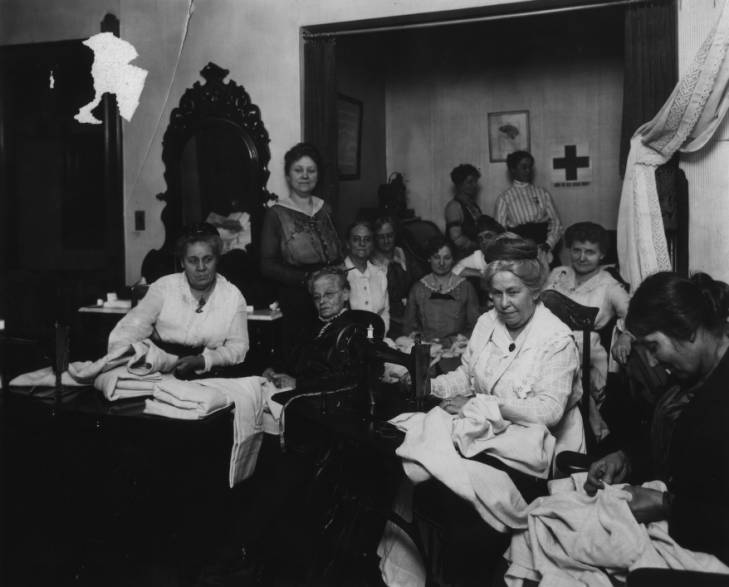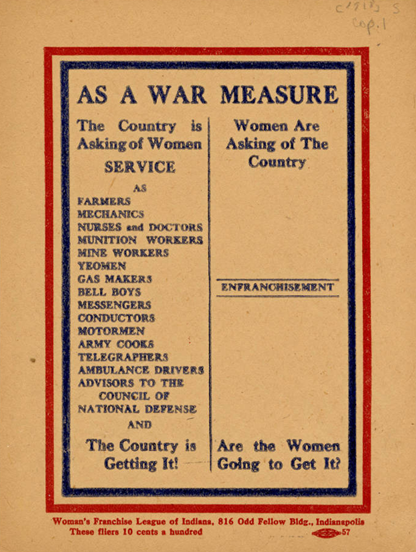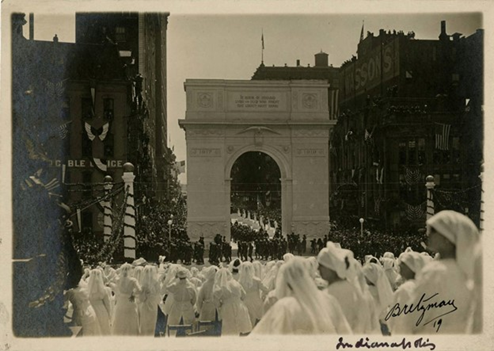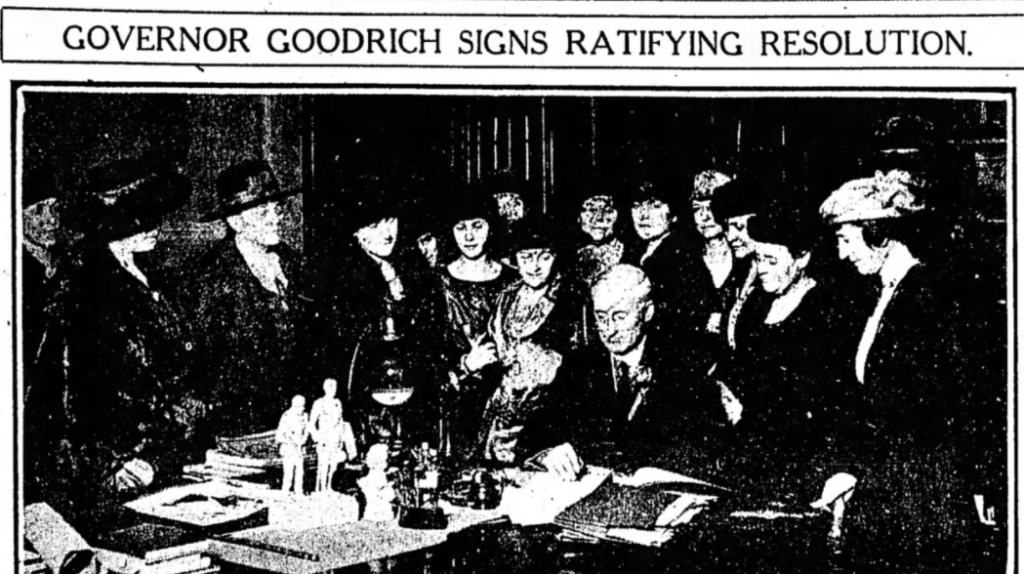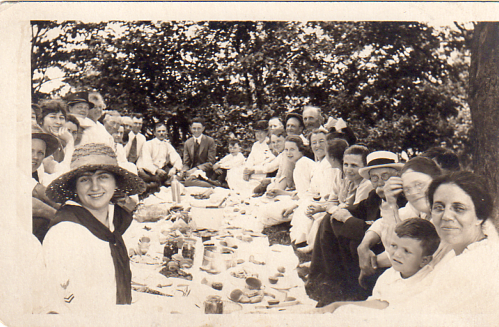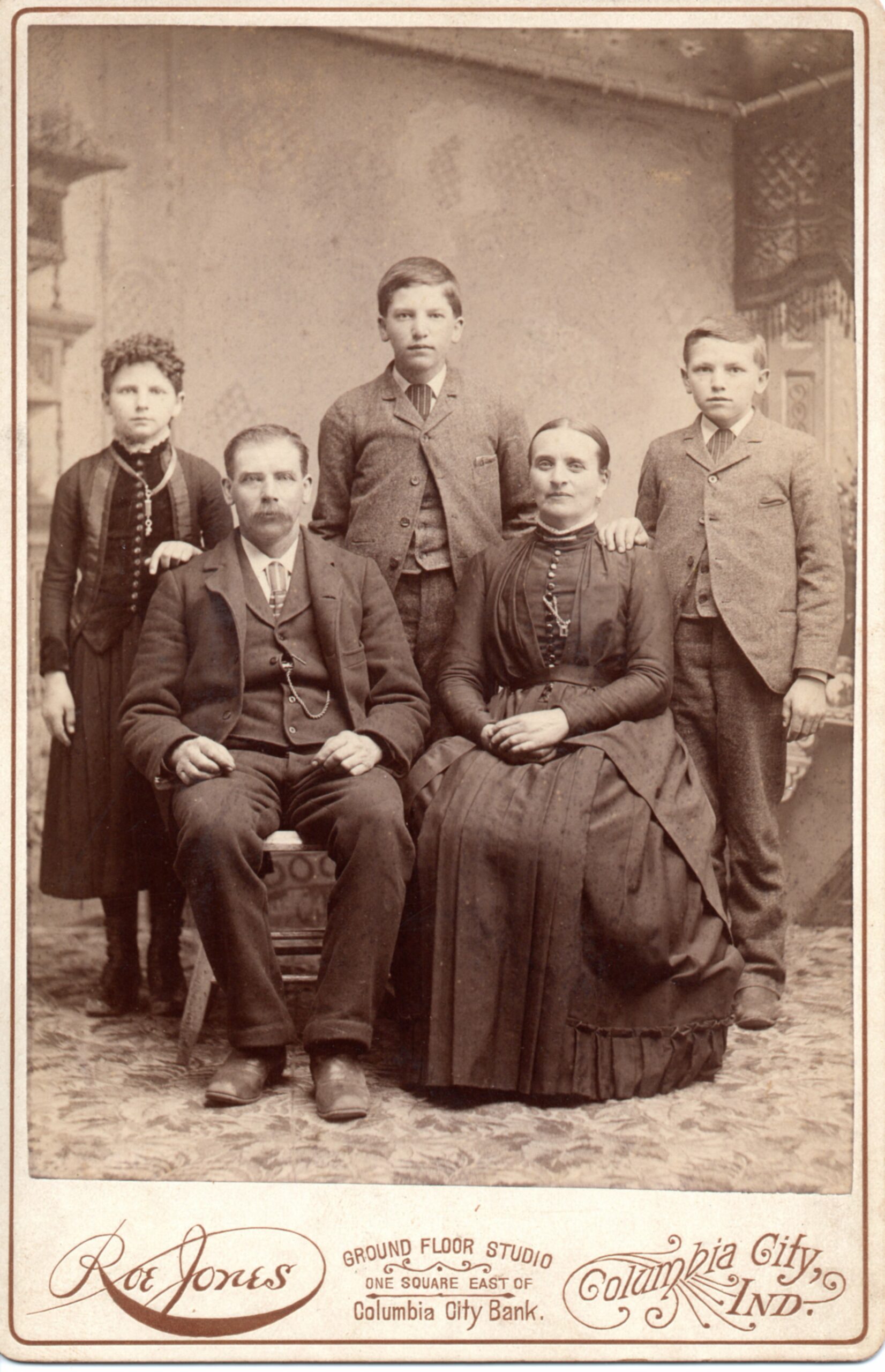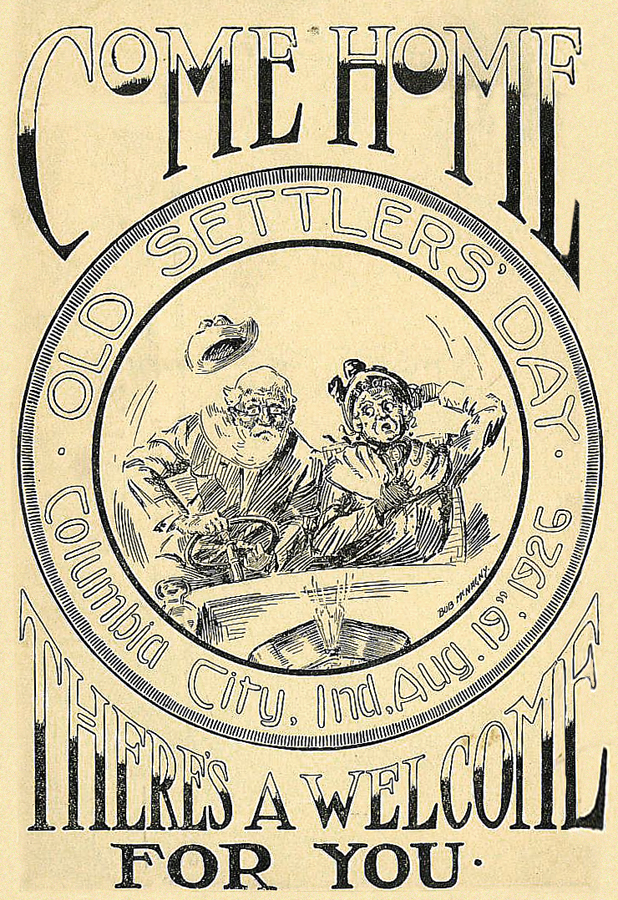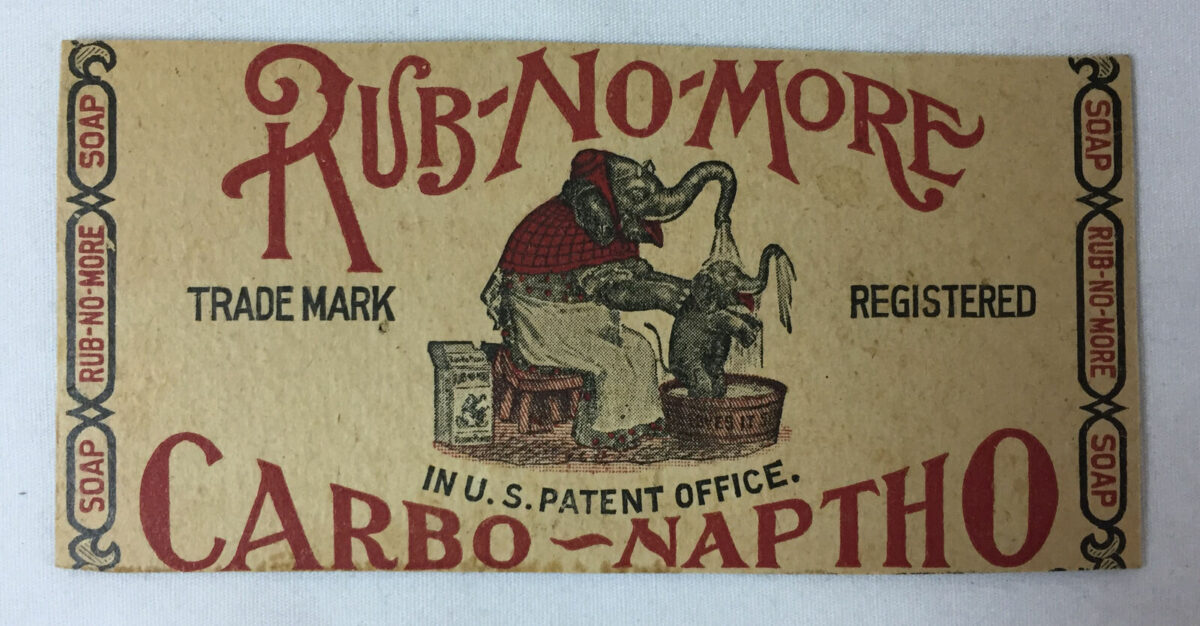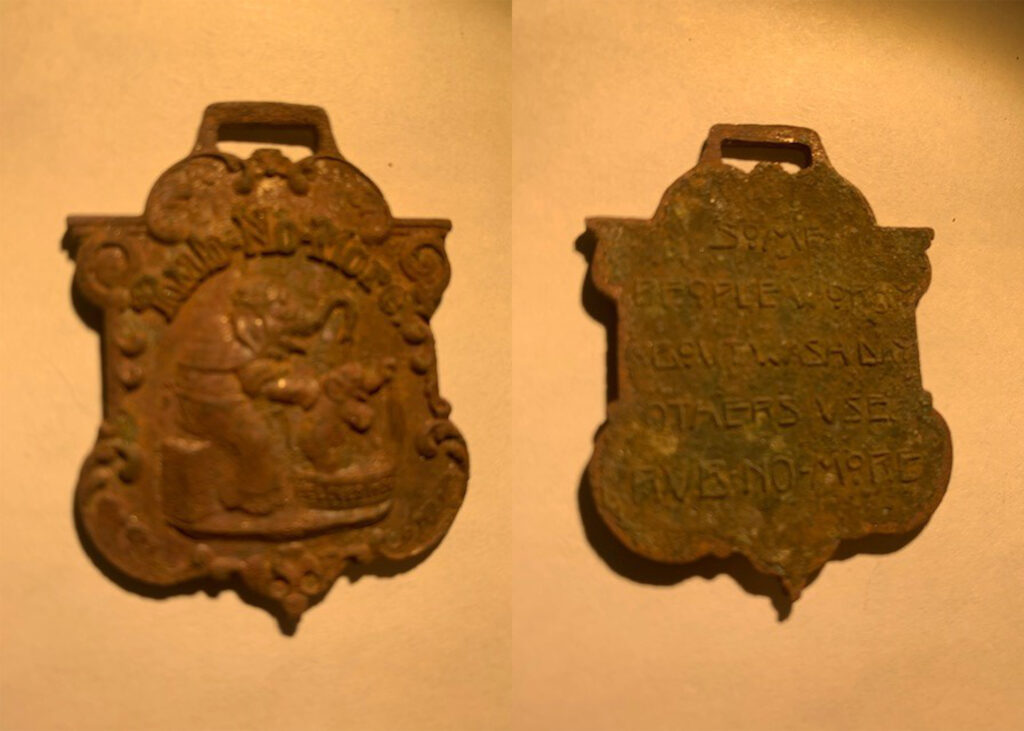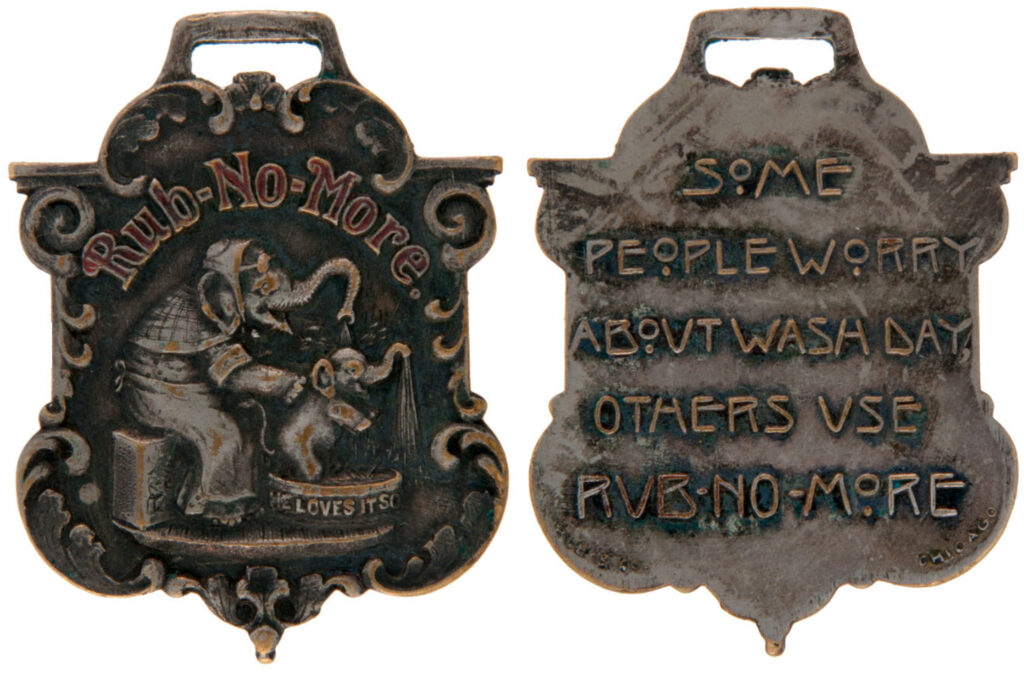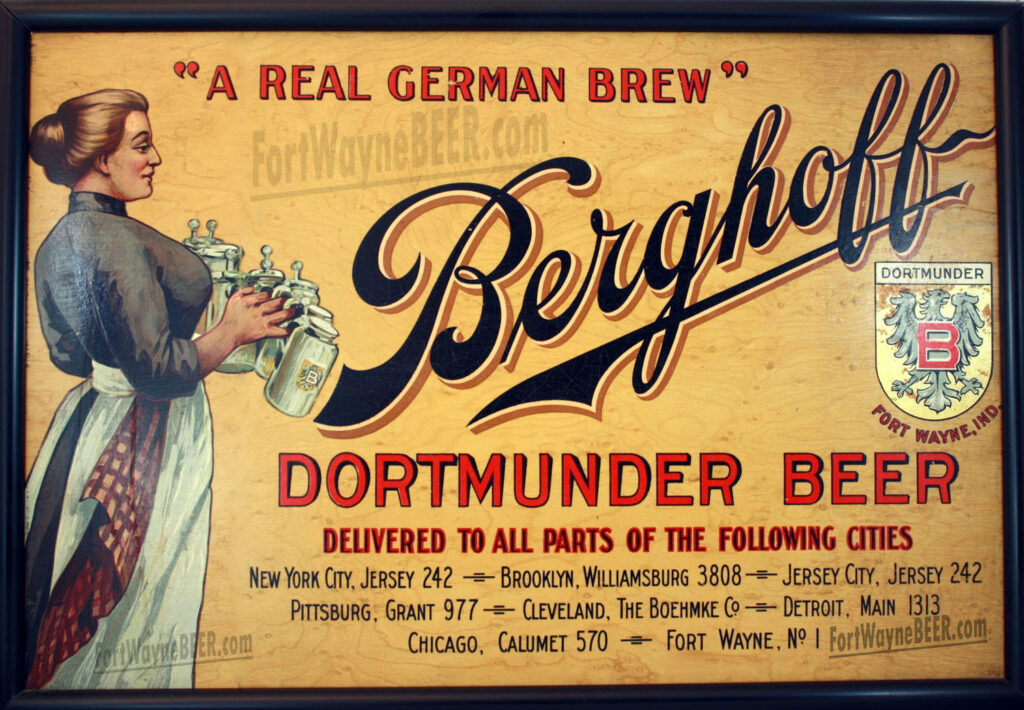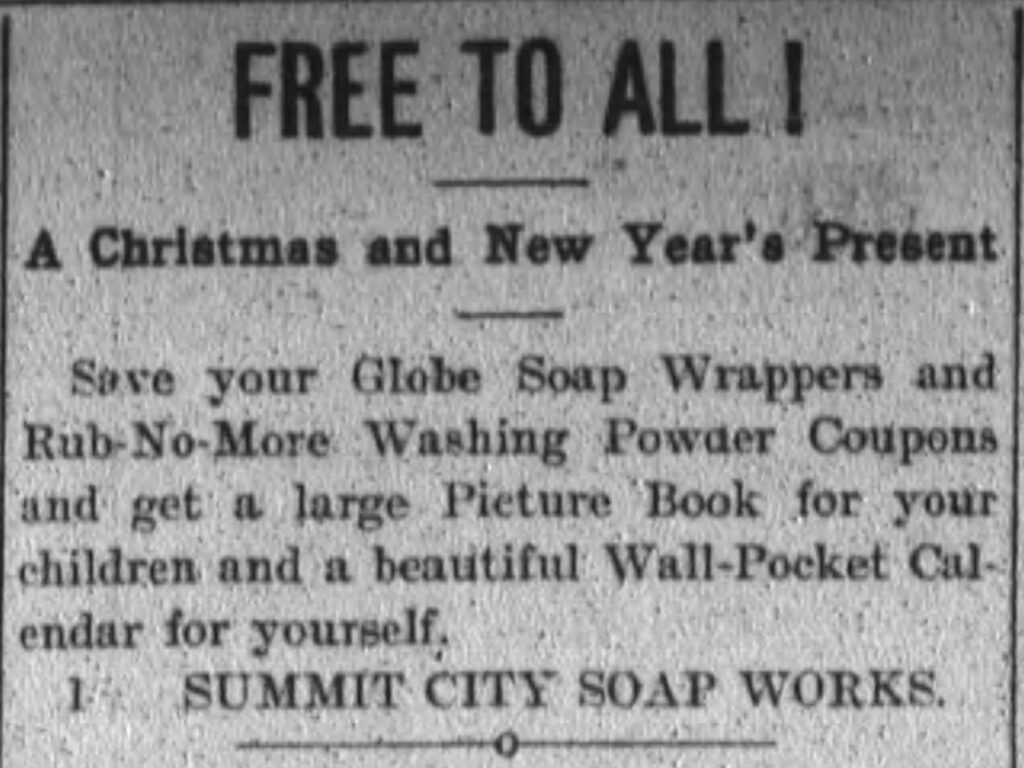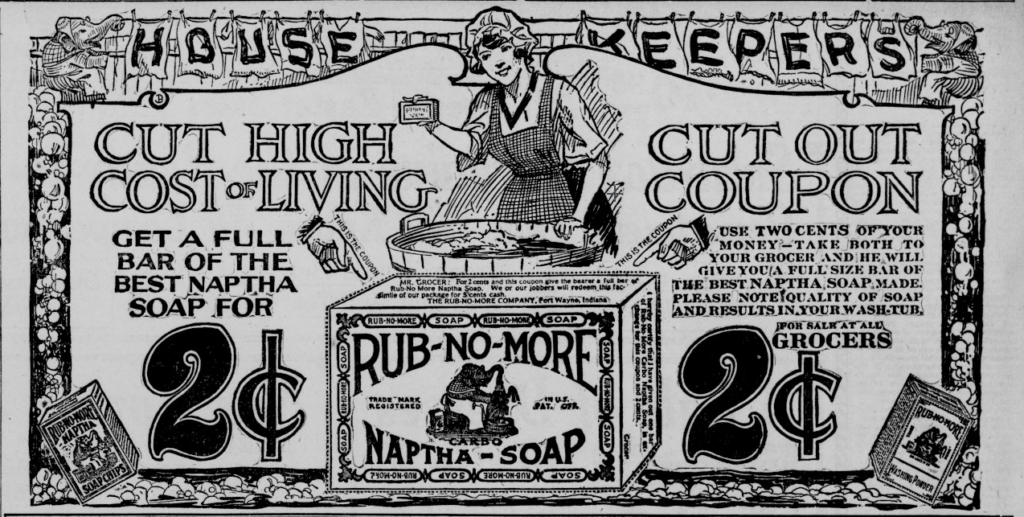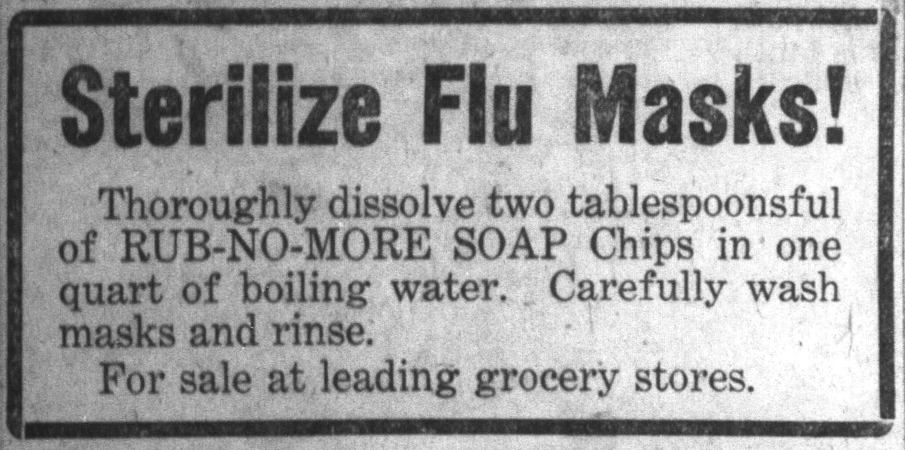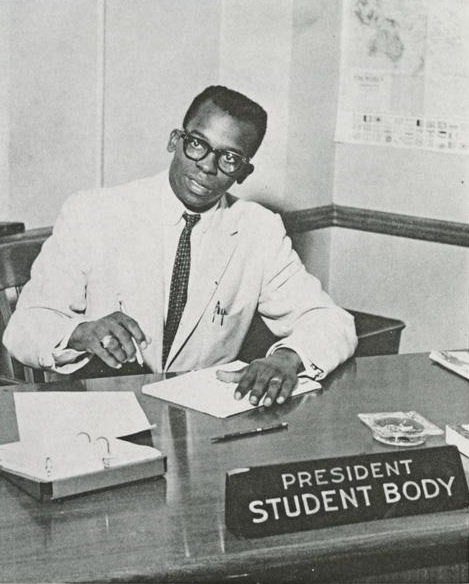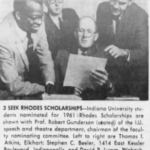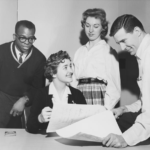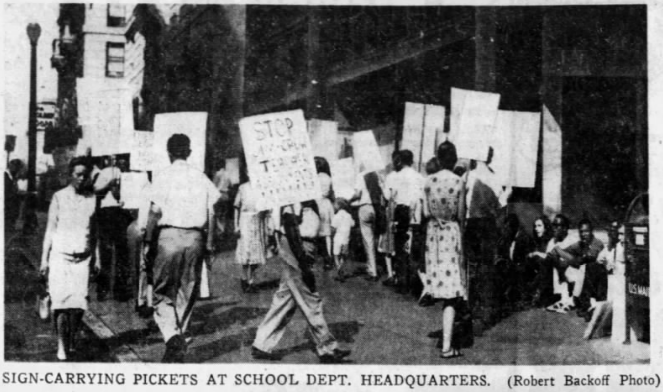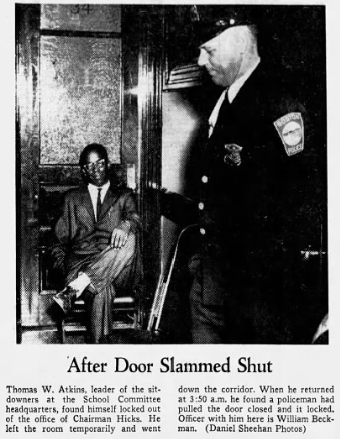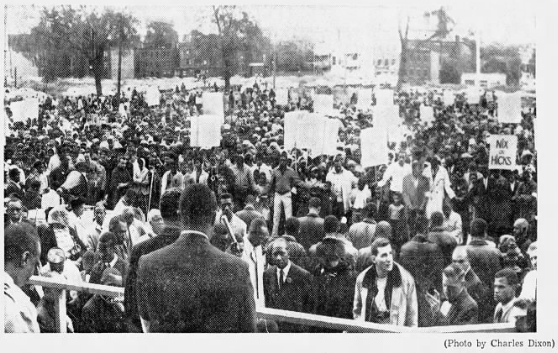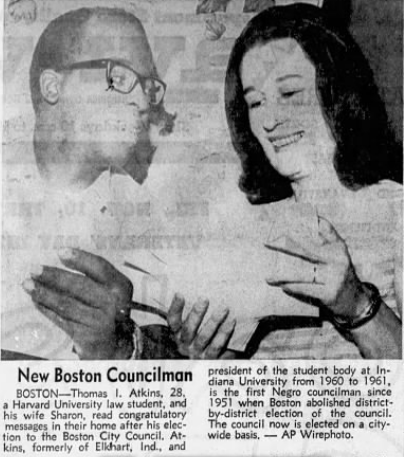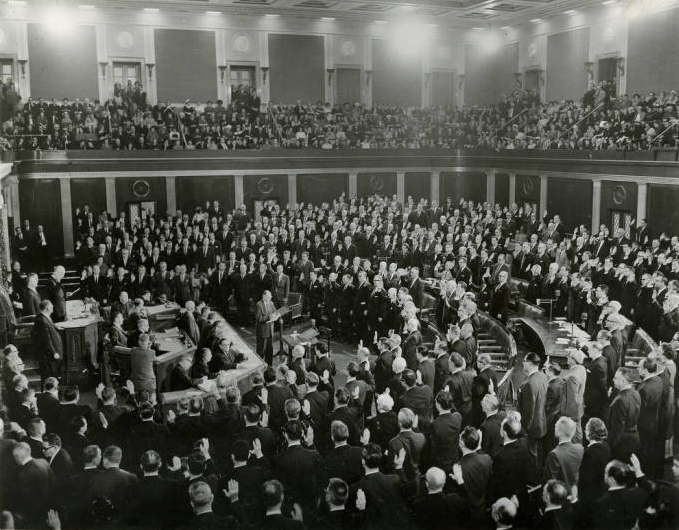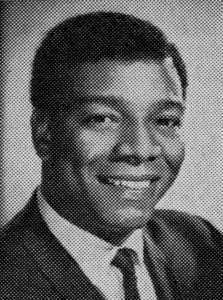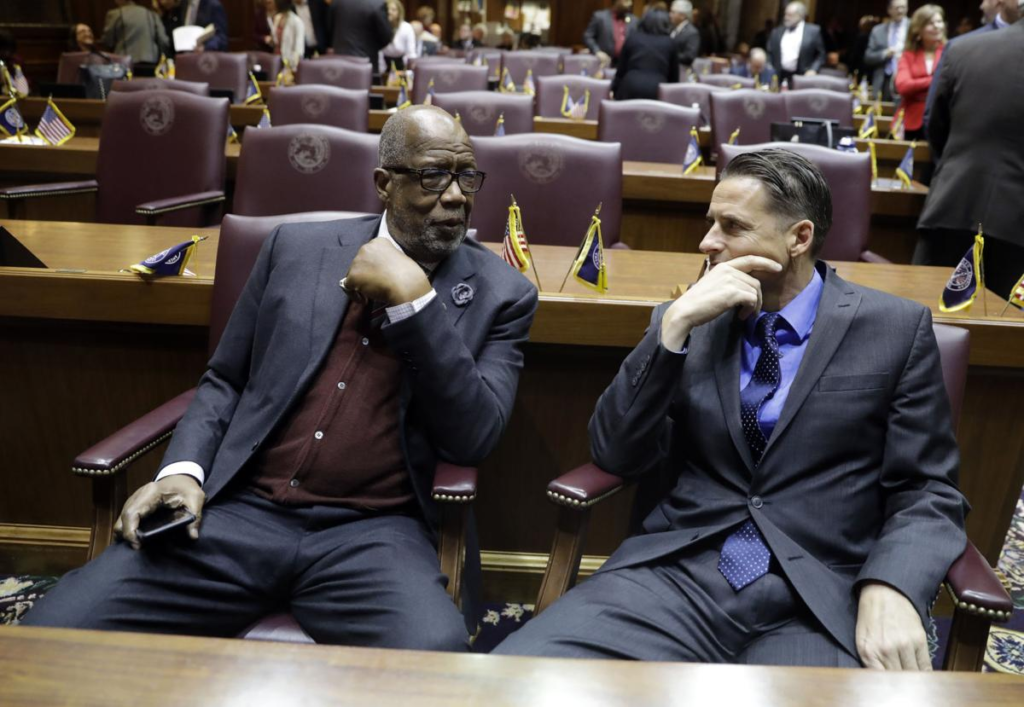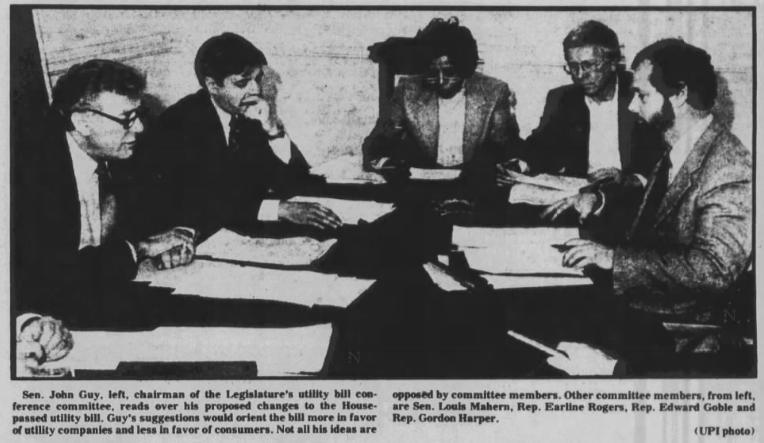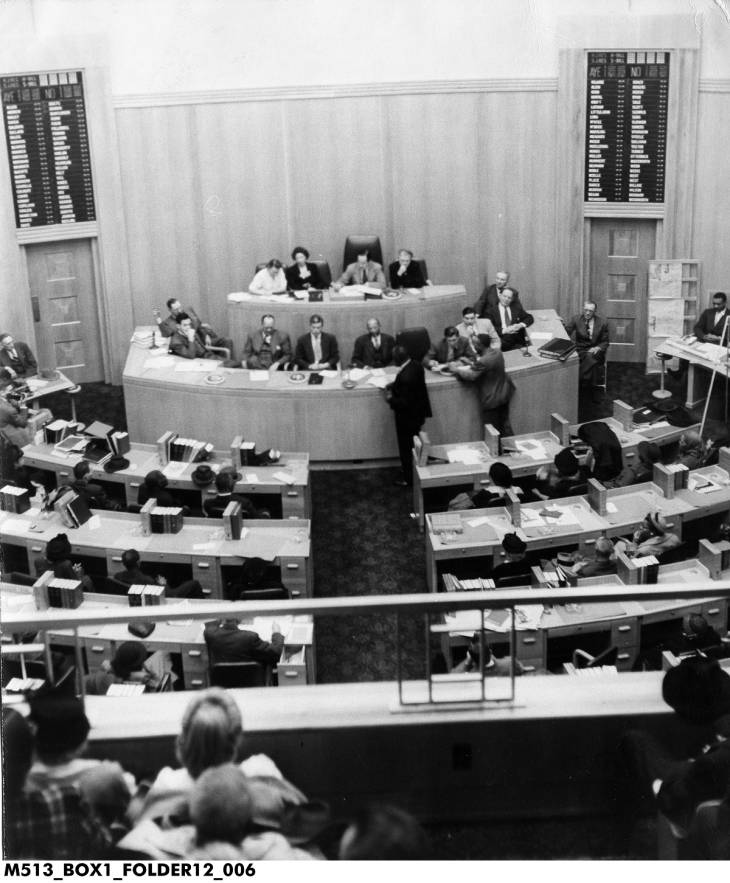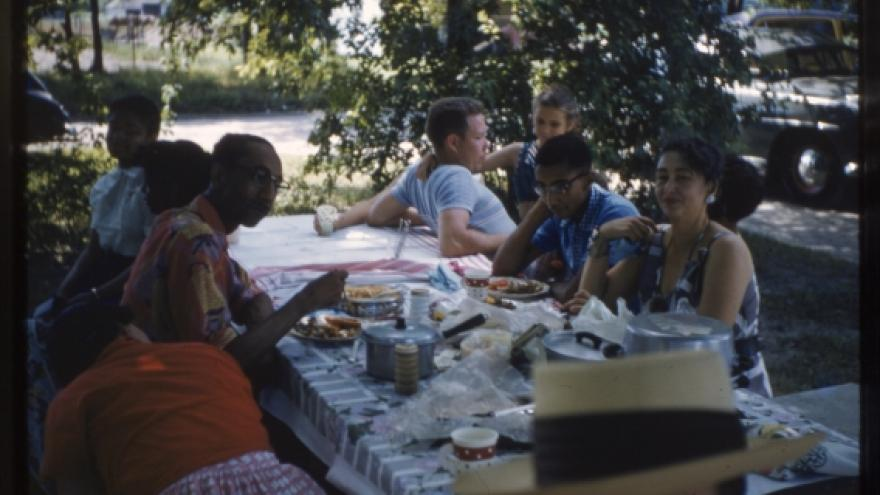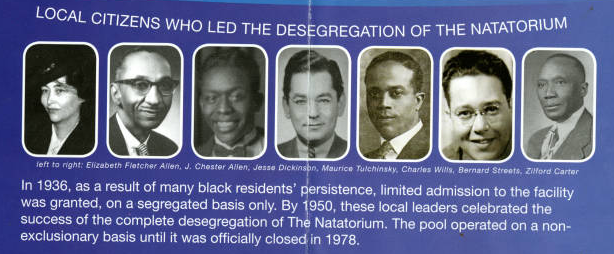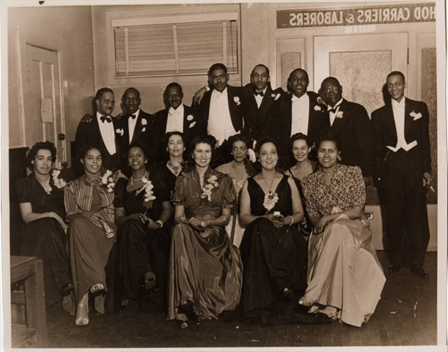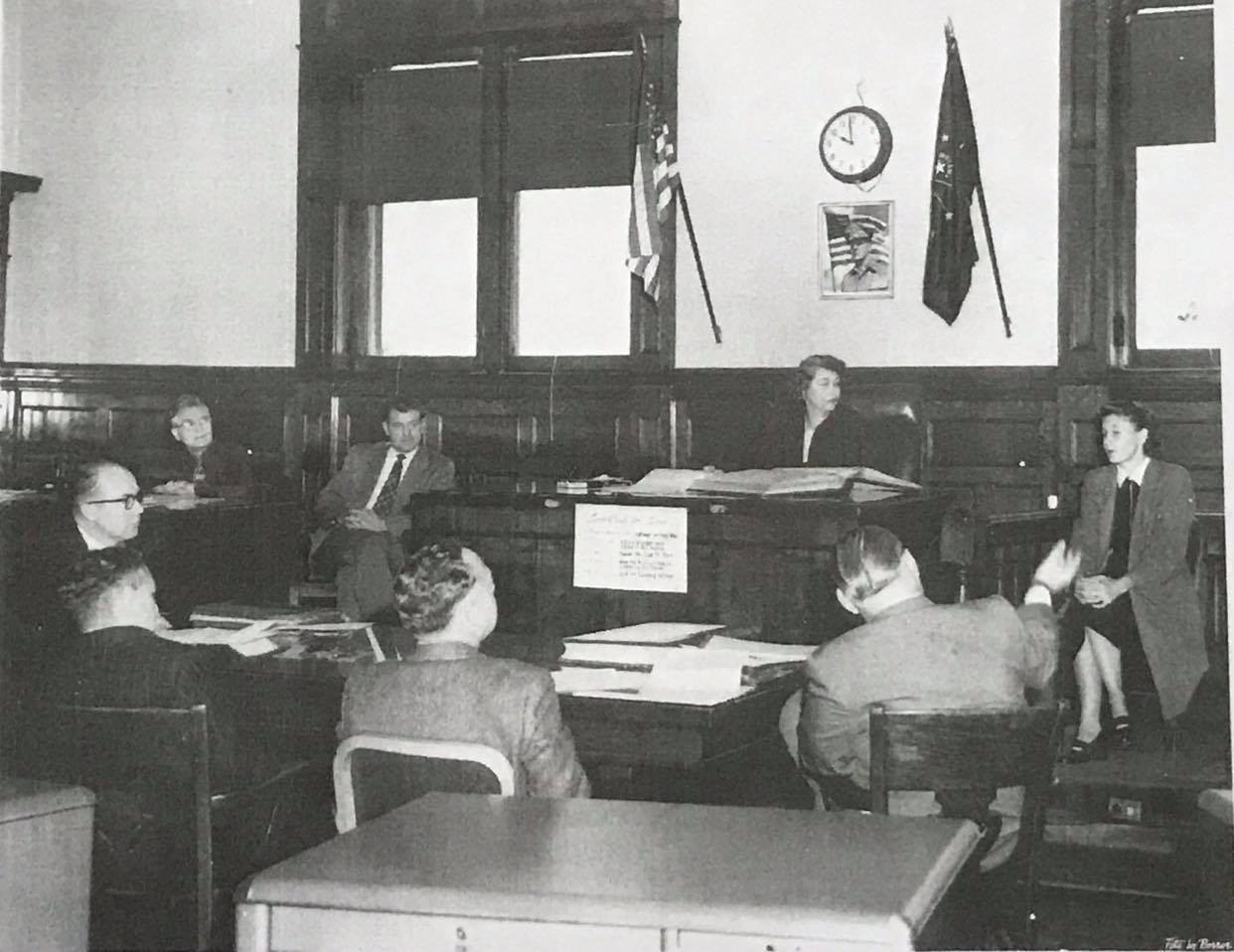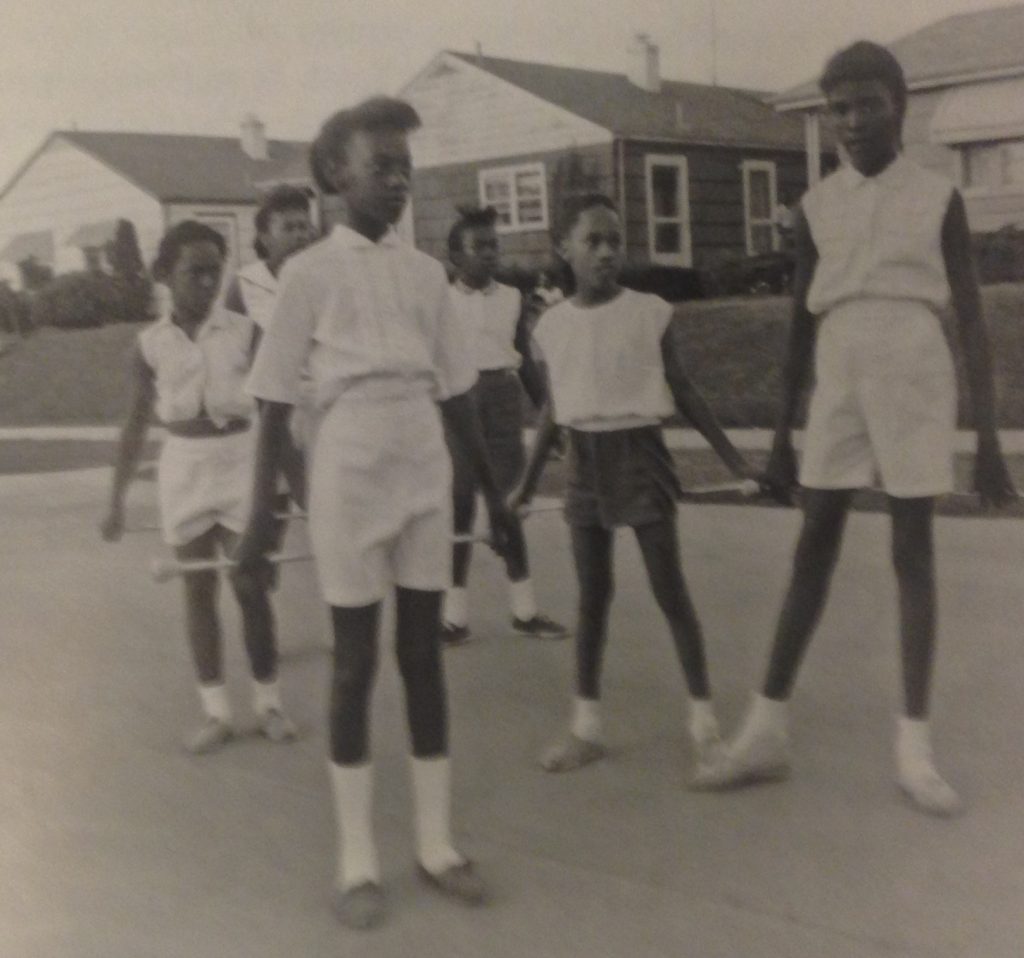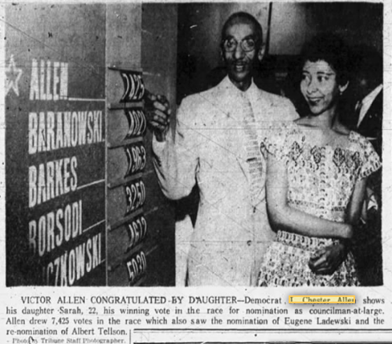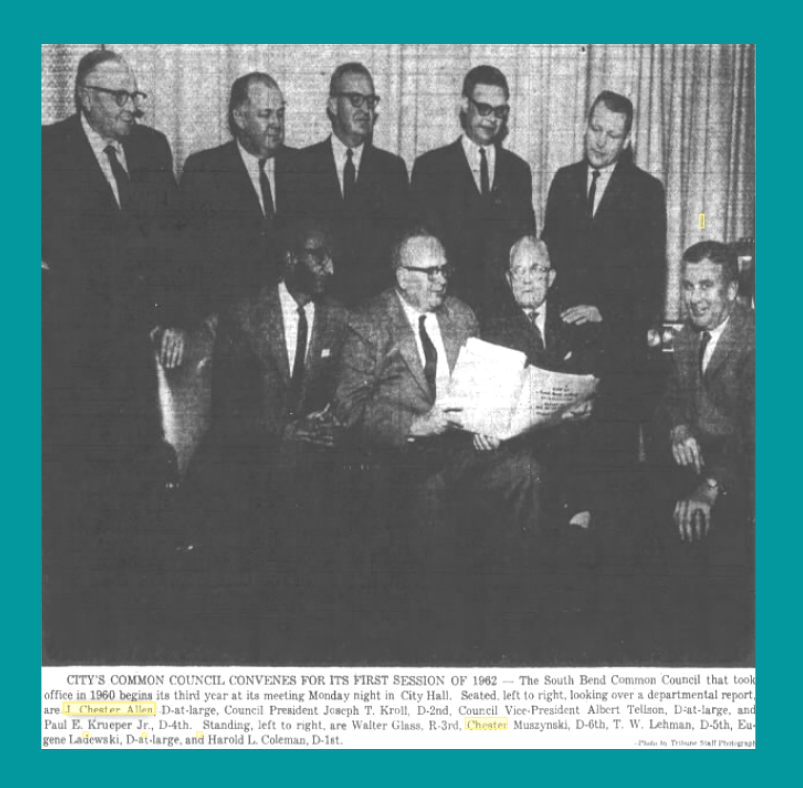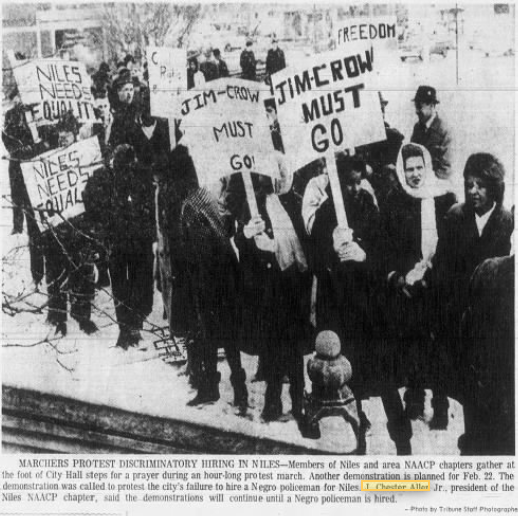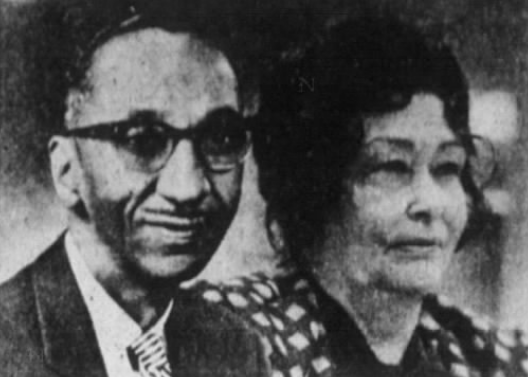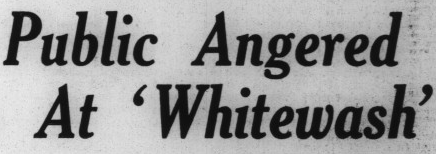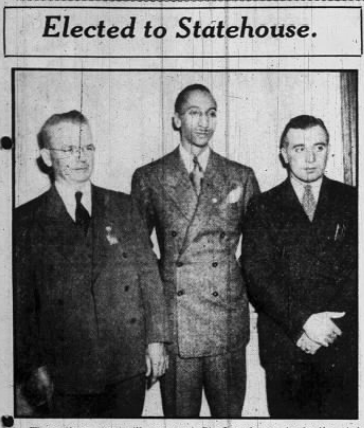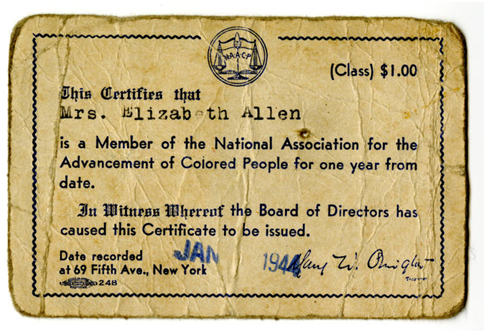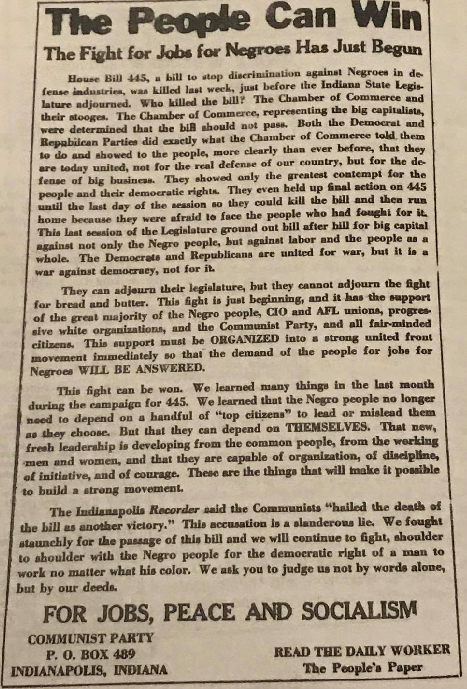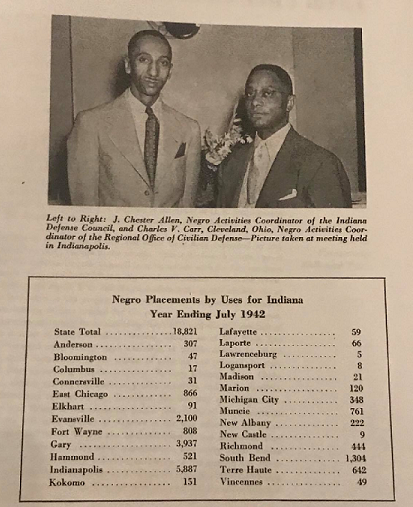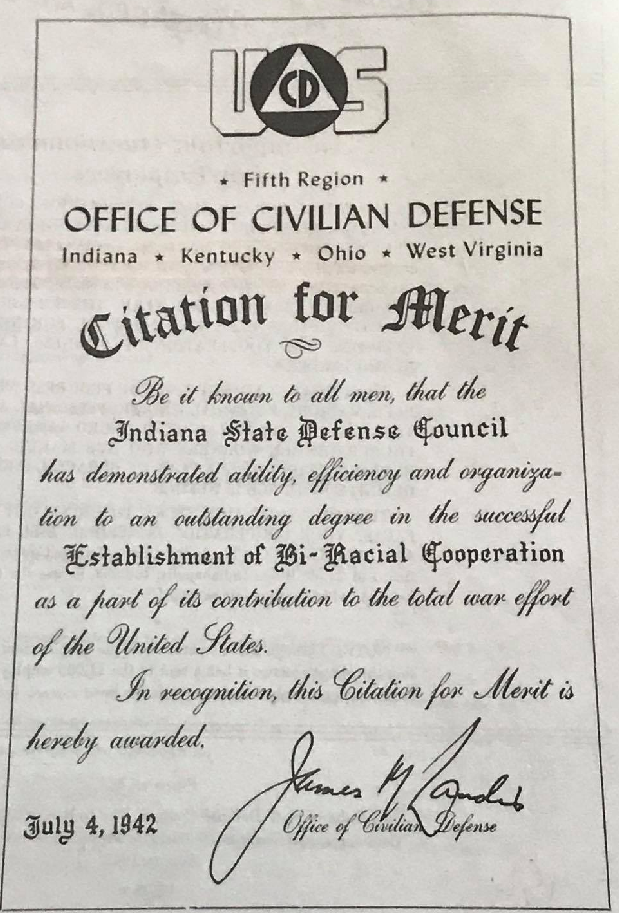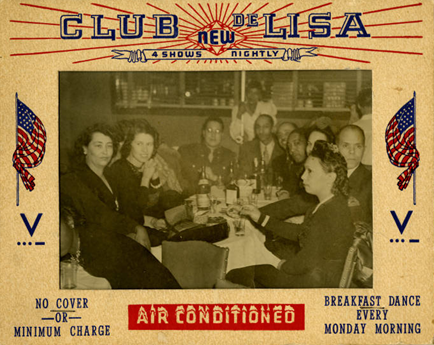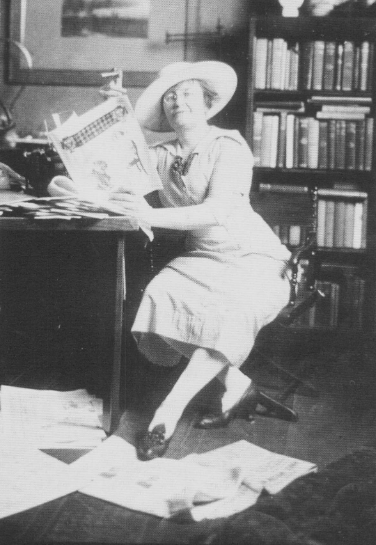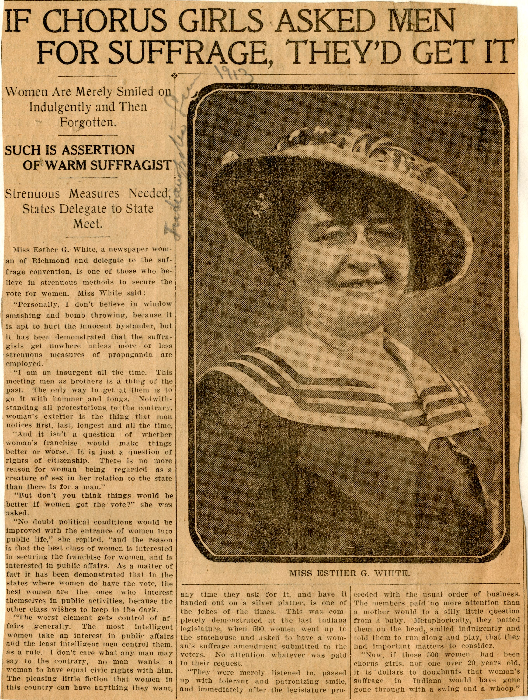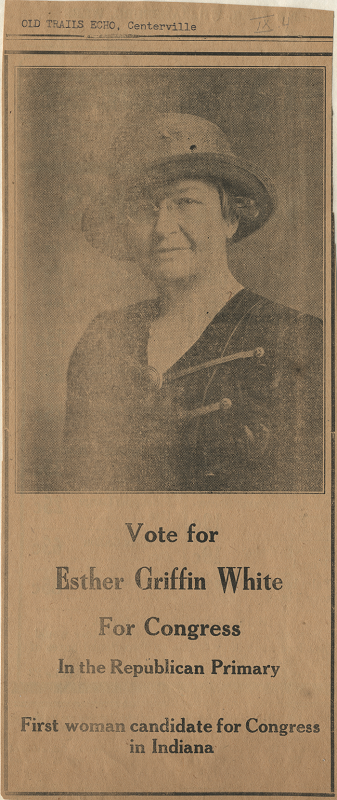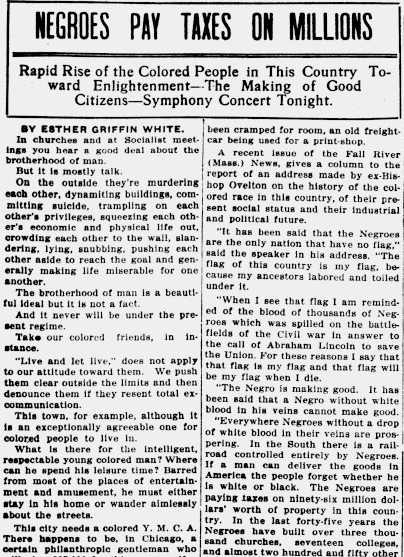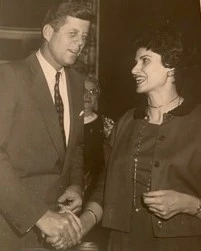
Helen Corey was perhaps the most noteworthy Arab American leader in central Indiana during the 1960s and 1970s. More than four decades before Mitch Daniels became Indiana governor, she was the first Arab American to hold a statewide elected office. It is a travesty that she has not received the attention that her accomplishments demand.
Born 1923 in Canton, Ohio, her Syrian parents, Maheeba (“Mabel”) and Mkhyal (“Mike”) Corey, were originally from the Damascus area. Her parents belonged to the generation of immigrants who arrived in the United States during what Mark Twain referred to as the Gilded Age. The country was booming economically, and employers were in desperate need of labor. Helen Corey’s family, like others, sought these opportunities. Like many Armenians and Turks, Corey’s Syrian parents were citizens of the Ottoman Empire, which ruled Southeastern Europe and the Eastern Mediterranean before World War I. Thousands of Ottoman citizens settled in Indiana, especially in Michigan City, South Bend, Indianapolis, and Terre Haute. The Indianapolis News noted in 1907 that these ethnic groups “have all made contributions to America’s making, though as a rule they have not been so welcome as other races.”
As a second-generation immigrant, Helen was raised to embrace both Arab and American cultures, as well as the family’s Antiochian Orthodox Christian roots. “When my sister, brother, and I were children,” she wrote, “our parents sent us to the Orthodox church hall following grade school classes where we learned to read and write the [Arabic] language from Arabic scholars Yusuf (Joseph) Sabb and Hunna (John) Shaheen. Our first lesson taught us that this was one of the richest languages in the world.” When the family was around Arabic-speaking friends, they used Arabic names and titles. Brother Albert was Abdullah. Her father was “Boo Abdullah [the father of Albert]” and her mother was addressed by the title, “Im Abdullah [the mother of Albert].”
She recalled in her 1962 The Art of Syrian Cookery:
When we lived in Canton, Ohio, as children, my sister, brother, and I used to get a great deal of pleasure watching my father and his friends take turns smoking the narghileh (Turkish water pipe) as they relaxed during the evenings, exchanging stories of their journey to this country. The narghileh had the sound of bubbling water and an incense aroma filled the house from the Persian tobacco that was used. Our narghileh was made of beautiful cut glass with an oriental brass stem, and the smoking pipe that was attached had an almost cobra look with its many variegated colors. . . The guests were served Turkish coffee and the hostess was ready to play the part of fortuneteller. The cups were inverted and left to stand so that the coffee sediment formed a pattern on the inside of the cup. Then the cups were turned up again and the hostess interpreted the future of each guest from the pattern in his cup.
Around 1947, the Corey family moved to Terre Haute, the home of a sizeable Arab American community. It was called “Little Syria.” Its proximity to the Wabash River facilitated the peddling of wares in Illinois and Kentucky. Historian Robert Hunter wrote that it was a “partial reconstruction of the one that existed in Ayn al-Shaara,” a village located not far from the city of Damascus. According to William Nasser, Indiana’s “father of cardiology” and the founder of the St. Vincent Hospital heart surgery program, Arab American youth faced discrimination in Terre Haute, where he was forced to ride in the back of the bus. Syrians were also barred from joining the country club. For these reasons, as Helen Corey noted in an interview with Robert Hunter, “in the 1920s and 1930s, Syrians did not have a prominent role in civic affairs and leadership of Terre Haute.” She and other second-generation immigrants opened the doors of opportunity for other Arab Americans. Corey’s political career began in 1948 when she worked as the secretary to the city’s longest serving mayor, Ralph Tucker. She would hold that position until 1961.
This job provided her a platform and the connections needed to become active in the Indiana Democratic Party. In 1956, Corey directed the speaker’s bureau of the Indiana Democratic State Central Committee, and in 1959, she was voted Indiana’s Outstanding Young Democratic Woman. On October 25, 1960, she was part of Vigo County’s welcoming committee for then Senator John F. Kennedy, the Democratic Party’s candidate for U.S. President. As a Young Democratic National Committeewoman, she was chosen to greet the “Kennedy Caravan” as it motored its way through Indiana and Illinois. She was also elected Indiana’s Young Democrat National Committeewoman and represented the state at the 1960 Democratic National Convention in Los Angeles.
Helen Corey was going places. In 1961, she became director of the Bureau of Women and Children in the Indiana Division of Labor. She offered written guidance to Indiana employers on child labor laws and women’s issues in the workplace. She consulted with members of the Indiana General Assembly.
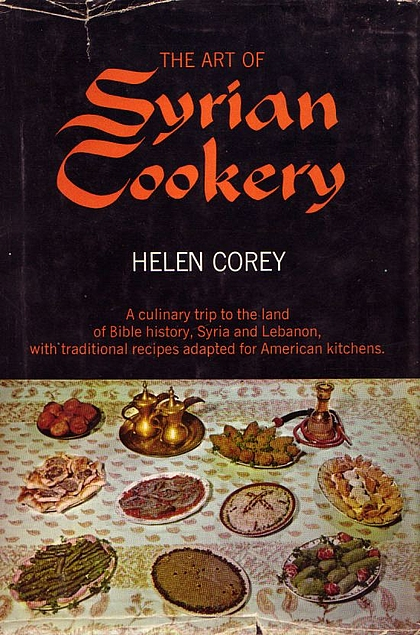
It almost unbelievable that, as she was working hard for the state and the Democratic Party, she also found the time to pen one of the most influential cookbooks on Syrian food ever written in English.
Published by New York’s Doubleday Press in its series on global cuisines, The Art of Syrian Cookery (1962) stayed in print for decades. By the middle of 1965, it had sold 17,000 copies. Its influence could be felt across North America, and it was perhaps the most successful book in its category until the publication of Claudia Roden’s The Book of Middle Eastern Food in 1972. Even then, its many fans kept it as an essential reference in their kitchen. Food writers from Los Angeles to Miami mentioned it in their columns. Syrians and other Arabs checked it out from their local public libraries. One Arab American in Morgan City, Louisiana, said that “it was as near as mama’s cooking as anything I have ever read.” In 1982, a well-known Lebanese cook in Montreal, Quebec, Canada, explained that though her grandmother taught to her cook, she also relied on The Art of Syrian Cookery.
The book was dedicated to Corey’s mother, Maheeba, who not only shared the technical aspects of how to make such food, but taught Helen and her sister, Kate, about the cultural, religious, and social meanings and functions of everything from araq (anise-flavored brandy) to zalabee (doughnuts). This was food meant to be shared with others on important occasions in the old country and in the new. Corey explained, for example, what dishes are traditionally offered at wedding receptions and during Arab Orthodox Christian celebrations of Easter and the Feast of the Epiphany.
If it had been published today, this nostalgic food memoir might have launched the career of the charismatic and hard-working Helen Corey as a celebrity chef. But it appeared one year before Julia Child made her debut on public television, and most upscale restaurants hired only male chefs at the time.
Cooking had to remain a side gig.
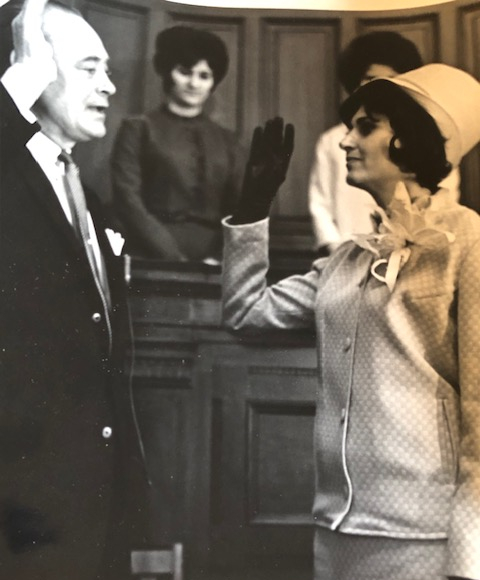
Fortunately, Helen Corey’s political career blossomed at the very same moment that the book was published. In 1963, she was appointed executive secretary of the state’s Commission on the Status of Women. The next year, she won the Democratic Party’s nomination to run for office and then Indiana voters elected Corey the 23rd Reporter of the Indiana Supreme and Appellate Courts. She received 1,110,390 votes, enough to unseat incumbent Reporter Virginia Caylor, who got 920,168 votes.
As Reporter, Helen Corey’s job was to edit, publish, and distribute all of the judicial rulings of the Supreme and Appellate Courts and distribute them to law libraries, universities, and law offices. She worked with just two staff members in the Capitol’s Room 416, where Benjamin Harrison once had his office. The significance of Corey’s election as the first Arab American office holder in Indiana was not lost on the U.S. Department of State, which featured her in its Life in America series distributed abroad.
Helen Corey constantly encouraged women to become politically active. In 1965, for example, she was a featured speaker at the Marion County Democratic women’s weekend retreat to French Lick. She addressed the Indiana Federation of Democratic Women in 1967.
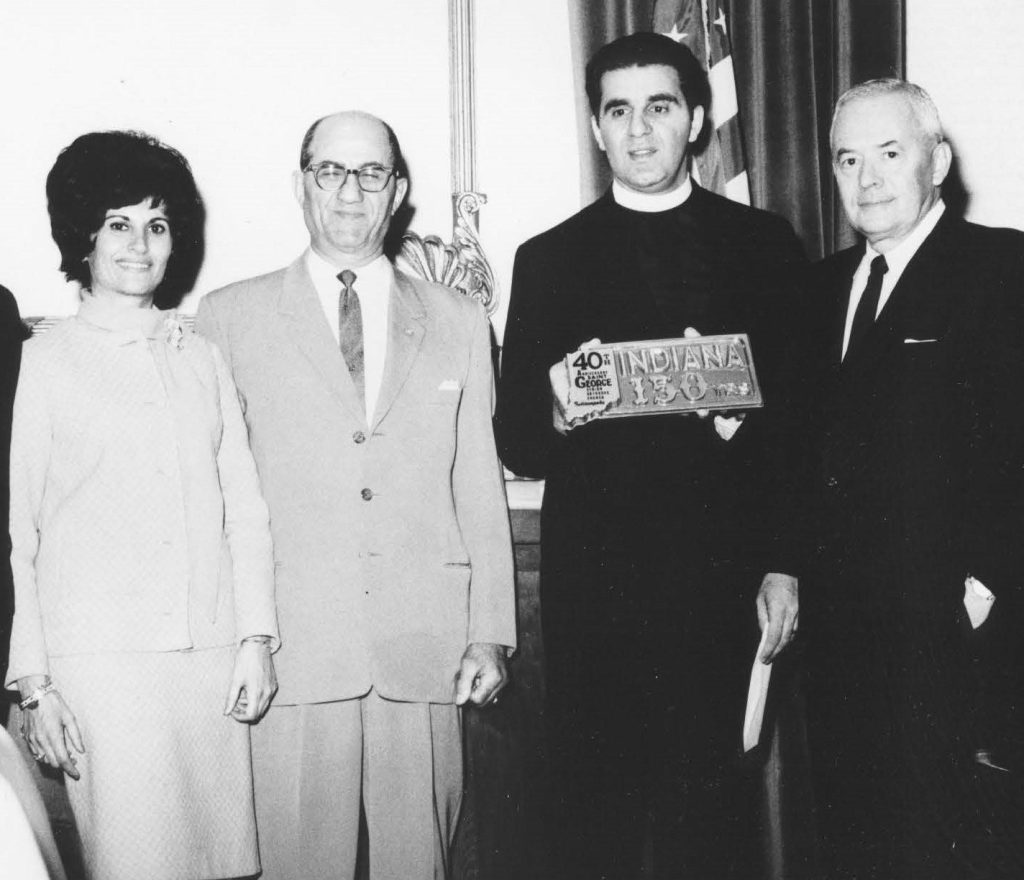
That year, she was making $12,500 in her post. The job also came with an official parking spot at the Capitol, but when Corey was assigned spot no. 21 instead of spot no. 22, Republican Clerk Kendal Mathews went berserk. He complained to the governor and the motor vehicles commissioner about it, and he parked in Corey’s spot, even though the parking attendant told him not to. The Indianapolis Star dubbed the incident “Coreyography.” Corey said the whole thing was ridiculous.
This was not the only time her gender became an issue. She was often asked why she wasn’t married, and she gave the answer that one had to give at the time: she believed that women should be married, but that they could have a career, too. Her good looks were also frequently addressed in public; the Indianapolis News referred to her as a “model” and a “pixie politician.”
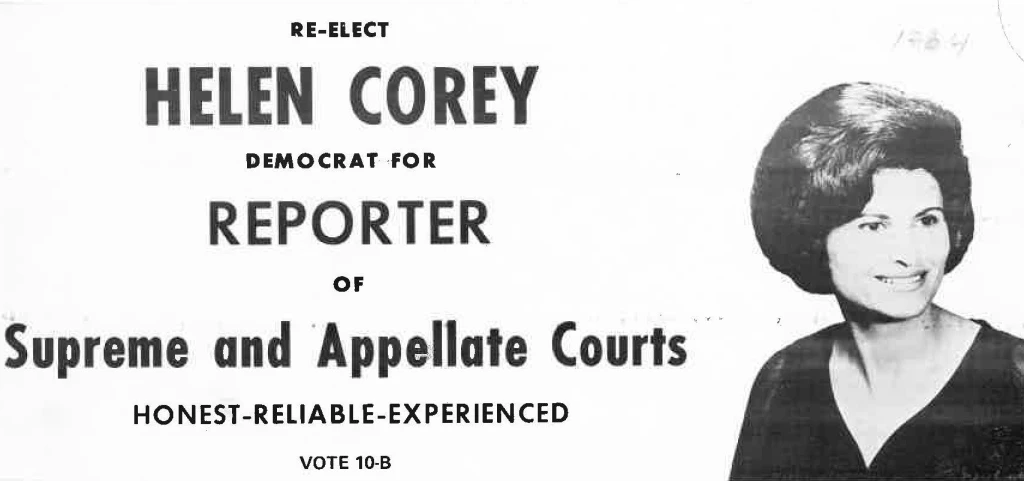
When Helen Corey stood for reelection in 1968, she campaigned hard, giving four speeches a day and traveling over 3,000 miles throughout the state to ask for Hoosiers’ votes. But with the exception of Democratic U.S. Senator Birch Bayh, Republicans dominated statewide offices that year. Helen Corey’s opponent, Marilou Wertzler, got 1,067,357 votes. Corey received 925,616.
After leaving office, Corey remained active with Democratic women’s causes, but by the middle 1970s she turned her attention, at least in part, to political organizing on behalf of Arab American causes. Arab issues were front and center in U.S. public life at the time. For example, in 1973, the Organization of Oil Exporting Countries (OPEC) stopped selling oil to nations that supported Israel in its dispute with Egypt. This embargo caused fuel shortages in the United States. Despite the fact that OPEC included non-Arab countries such as Iran and Venezuela–not to mention the fact that most Arab countries are not large oil producers–Arabs in general were blamed for making Americans wait in lines at gas stations. Prejudice and discrimination against Arab Americans increased. The social acceptance that Arab-descended Americans had achieved was at risk.
Second- and third-generation Arab Americans established the National Association of Arab Americans (NAAA) to lobby national legislators on the foreign issues that affected their lives and livelihoods. One of its programs was “A Day on the Hill,” during which Arab Americans from each state would travel to Washington to meet with their members of Congress. Helen Corey was an obvious choice to coordinate the effort in Indiana. Working with George Halaby, Zeldia Hanna, Vicki Mesalam, and Faye Williams, she kicked off the Central Indiana NAAA chapter’s effort to gain members with a huge hafli (party) at the Stouffer Hotel in 1975. It featured Arab dancing, music, and food.
Over time, the membership of the NAAA decreased as the American Arab Anti-Discrimination Committee became the largest Arab American national organization. But Helen Corey and other Arab Hoosiers still fought anti-Arab prejudice. In 1990 future Vice President Mike Pence, then a candidate for the U.S. Congress, ran a campaign ad in which a white actor donned Arab head gear, a black robe, dark sunglasses, and used a fake Arab accent to intimate that Democrats were unwitting collaborators of the country’s Arab enemies. Helen Corey spoke out. “It’s degrading a culture,” she said, explaining that the use of racial stereotyping would drive many voters away. (Pence defended the ad.)
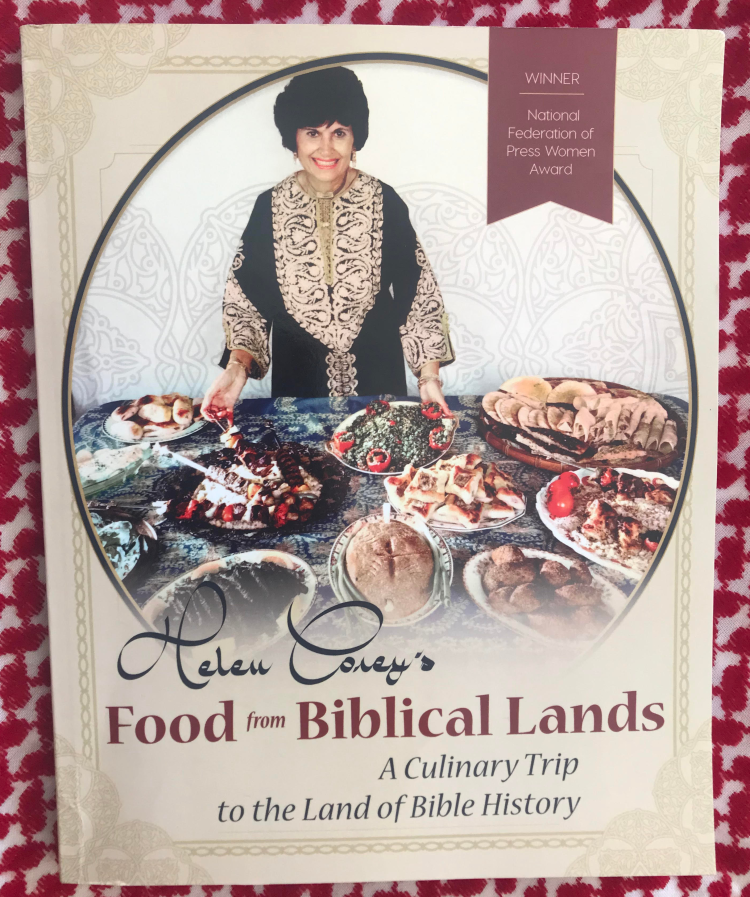
In the final decades of the 1900s, Helen Corey did not focus as much on explicit political organizing as she did on culinary diplomacy. A leading authority on Syrian and Lebanese food and cooking, Helen Corey used food not only to bridge ethnic differences among Americans but also to educate Americans about her Antiochian Orthodox Christian faith. In 1990, she self-published her second cookbook, Food from Biblical Lands, and made a 70-minute documentary to promote it. In 2004, she published Healthy Syrian and Lebanese Cooking. These books repeated some of the original recipes from the 1962 classic, but also incorporated new dishes from Egypt, Jordan, Morocco, and Palestine. There were also new stories of Helen Corey’s travels in Syria and new pictures of her family members, including one of her mother’s 100th birthday party.

Corey loved to share that heritage with her nieces. Robert Hunter wrote that Corey preserved and passed on “a big collection of folk stories, songs, and poems, most of which she got from her mother.” Corey told Hunter that “much has been lost,” but she insisted that “a lot has remained… a ‘Syrianness,’ a sense of who you are and wanting to hold onto it even though you do not have much actual knowledge.”
During her long career, Helen Corey gained recognition and respect for her people, for her culture, and for herself. She is an unsung figure of Arab American and Indiana history whose life is just waiting for greater illumination.
Jay Brodzeller was the chief researcher of this post. Three of Helen Corey’s nieces, Cathy Azar, Sandy Kassis, and Char Wade, provided invaluable assistance. Thanks, as well, to Joan Bey, Matt Holdzkom, Mina Khoury, Rev. Joseph Olas, Father Paul Fuller, Julie Slaymaker, and Father Anthony Yazge.
Additional Sources:
“Armenians and Syrians,” Indianapolis News, March 8, 1907, 2, accessed Newspapers.com.
“Little Syria on the Wabash” historical marker file, 84.2018.1, accessed Indiana Historical Bureau.
Interview with Helen Corey, conducted by Dr. Robert Hunter, Indiana State University, June 25, 2009, Indiana Historical Bureau marker file.


